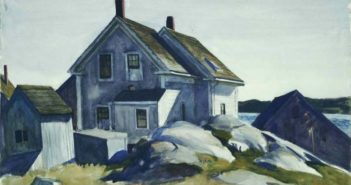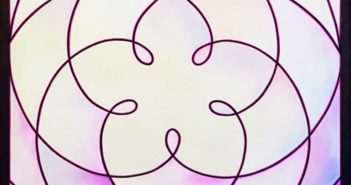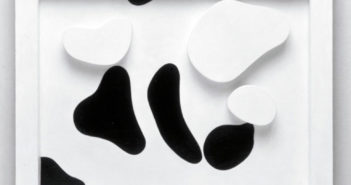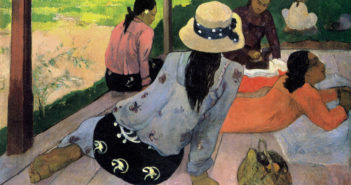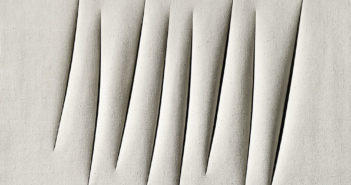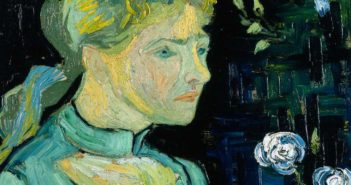
Do I need a contract?
An artist wrote to ask if he needed a contract. “Just trying to get my act together and be professional as I try to work with more galleries,” he said. While an agreement sounds obvious, it’s not always the case for a gallery to push a piece of paper across the desk when offering to take you on. Like us, dealers are often dreamers, constructing a mystery and magic in a business sometimes still joyfully held up by a parcel of paintings, enthusiasm and a handshake.

